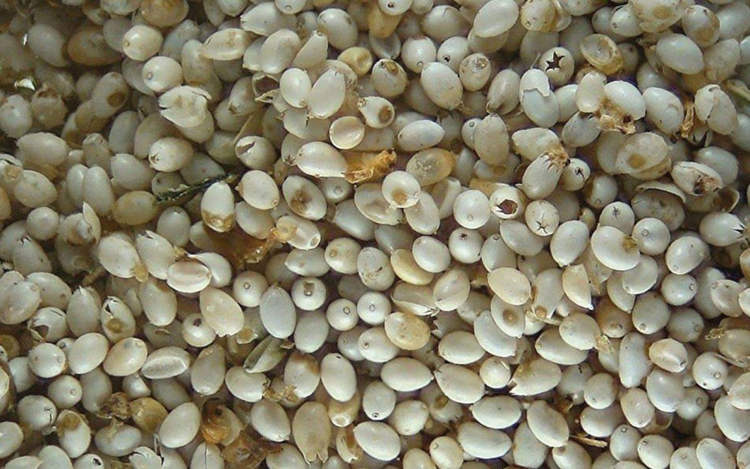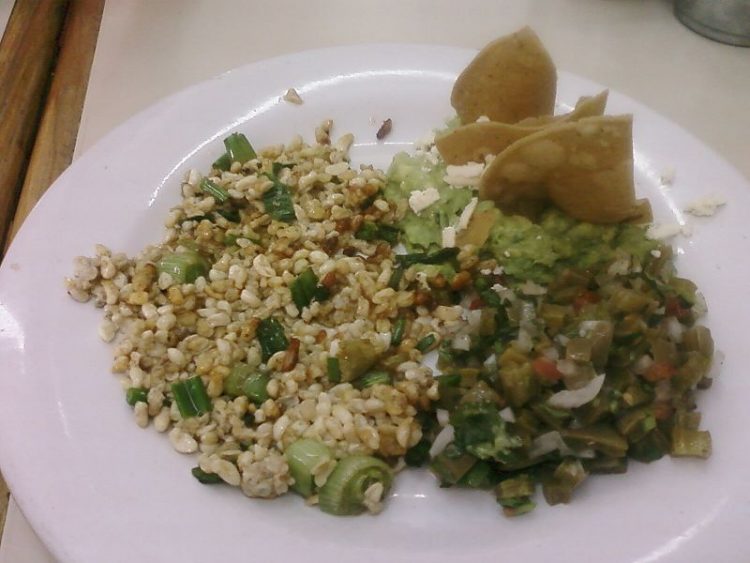Ahuautle – The Edible Insect Eggs Known as Mexican Caviar

For thousands of years, the eggs of a species of water insect have been consumed as a ‘food of the Gods’ which has come to be known as Mexican caviar. Lake Texcoco, a shallow body of water on the outskirts of Mexico City, is home to an aquatic insect of the corixidae family, which is […]
Escamol – The Insect Caviar of Mexico

Escamol is an ancient dish made with the edible larvae and pupae of two species of ants, known for its nutty, buttery flavor. It has been consumed in Mexico since the time of the Aztecs. Commonly known as ‘Mexican caviar’, because of its similarity to fish eggs, escamol consists larvae and pupae of ants belonging […]
